
Norman Rockwell
The Country Gentleman
December 1, 1917
In 1911, Norman Rockwell, just 17, got his first break illustrating the children’s book Tell Me Why: Stories. At 19, he became art director of Boy’s Life — and the same year did 100 drawings for the Boy Scout’s Hike Book. Even when he landed his first Post cover in 1916, the subject? A kid and a baby carriage. Children appear in the majority of his early work. No coincidence: At the time, the most popular cover subjects were beautiful women, cute kids, and dogs. Between 1917 and 1922, Rockwell created a series of covers for The Country Gentleman, depicting the misadventures of a city slicker named Reginald Claude Fitzhugh, who repeatedly fell victim to the antics of country cousins Tubby and Rusty Doolittle and Chuck Peterkin and his dog Patsy. Inspired by summers Rockwell spent in the country as a boy, the covers and cast of characters captivated audiences, as in the 1917 holiday classic Cousin Reginald Catches the Thanksgiving Turkey.
More from Norman Rockwell’s Cousin Reginald series:
Norman Rockwell
The Country Gentleman
June 14, 1919
Norman Rockwell
The Country Gentleman
February 9, 1918
Norman Rockwell
The Country Gentleman
December 22, 1917
Norman Rockwell
The Country Gentleman
December 1, 1917
Norman Rockwell
The Country Gentleman
November 17, 1917
Norman Rockwell
The Country Gentleman
November 3, 1917
Norman Rockwell
The Country Gentleman
October 6, 1917
Cousin Reginald Goes Swimming
Norman Rockwell
The Country Gentleman
September 8, 1917
Norman Rockwell
The Country Gentleman
August 25, 1917
Norman Rockwell
The Country Gentleman
April 6, 1918
Norman Rockwell
The Country Gentleman
April 26, 1919
Norman Rockwell
The Country Gentleman
May 3, 1919
Norman Rockwell
The Country Gentleman June 21, 1919
Become a Saturday Evening Post member and enjoy unlimited access. Subscribe now






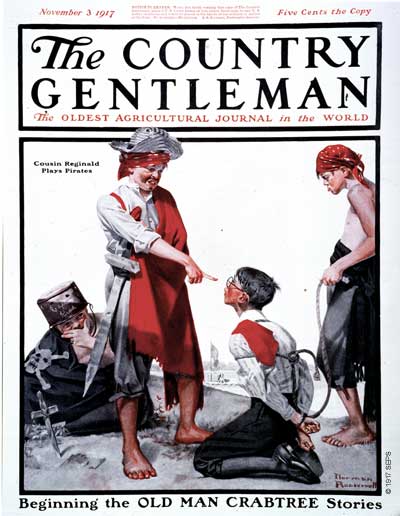


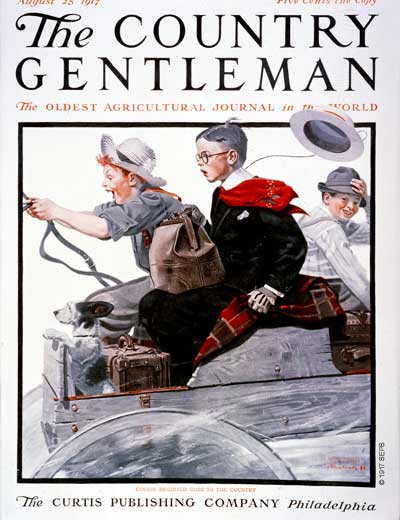

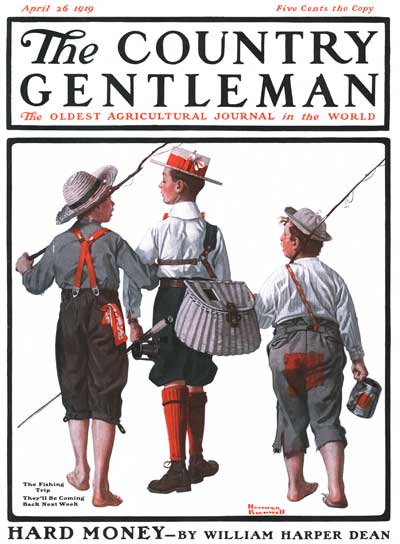

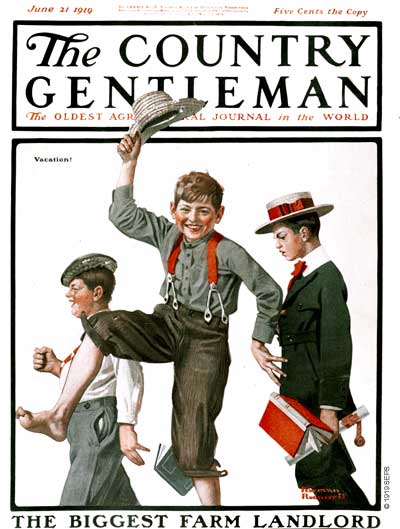

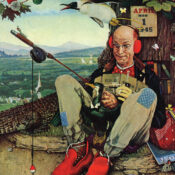

Comments
Thanks for this great Rockwell feature on unfortunate Cousin Reginald and his misadventures, and making the whole series available to view here so easily.
I’d forgotten he’d done covers for The Country Gentleman before and after starting his career with the POST. Thanks too for including the link to Diana Denny’s feature from 2010 that has her great insights into a number of these covers. One of my own thoughts is that collectively they still have ties to the boyhood era of Tom Sawyer, 40 years earlier.